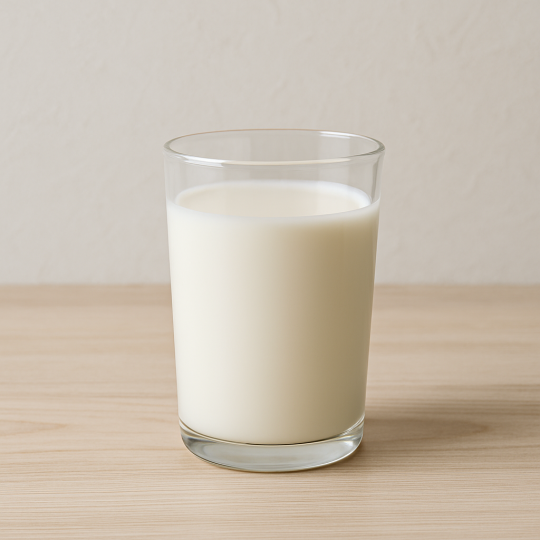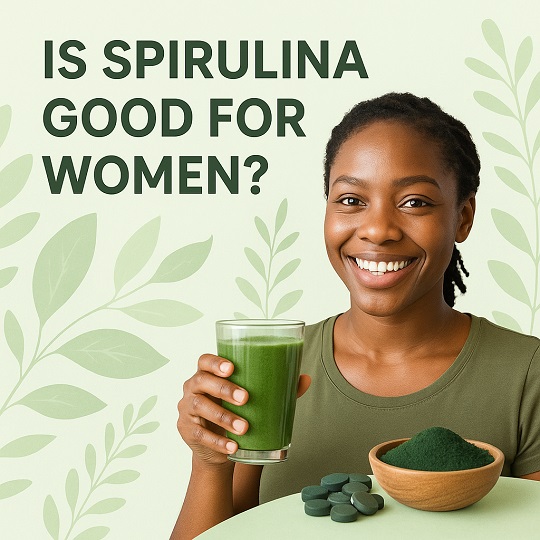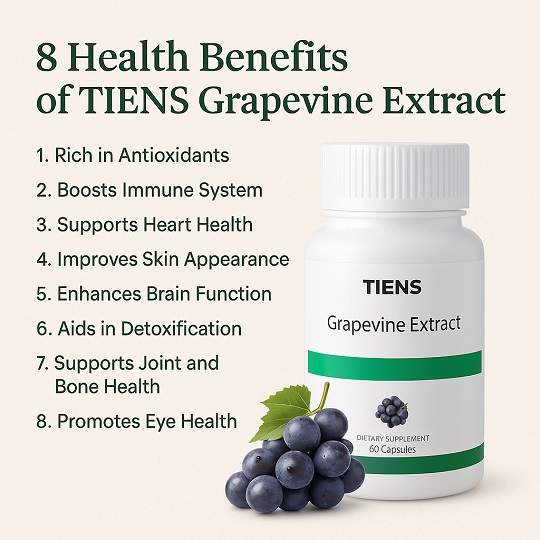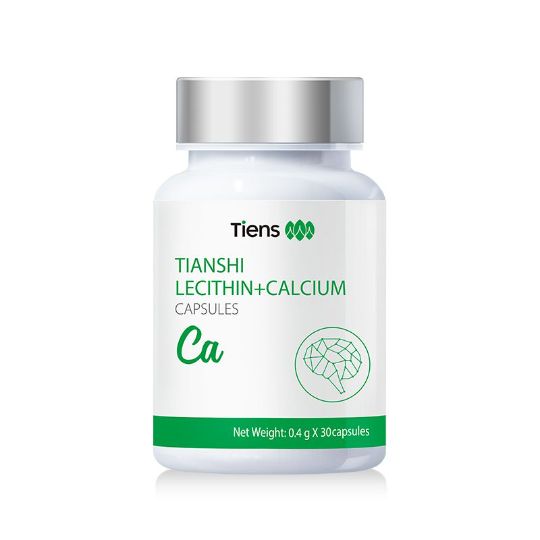
The Disadvantages of Taking Too Much Milk: What You Need to Know
The Disadvantages of Taking Too Much Milk. Milk is often hailed as a nutritional powerhouse. Rich in calcium, protein, and essential vitamins, it’s a staple in many diets around the world. However, like most good things, too much milk can lead to health problems. Overconsumption of milk can cause a variety of side effects that affect digestion, bone health, skin condition, and even increase the risk of certain diseases. In this article, we’ll explore the disadvantages of taking too much milk, separating the myths from the facts and helping you make more informed dietary choices.
Why Is Milk Considered Healthy?
Milk is packed with essential nutrients:
- Calcium for strong bones and teeth
- Vitamin D to help calcium absorption
- Protein for muscle building
- Vitamin B12 for red blood cell formation
- Potassium to maintain blood pressure
These benefits make milk a popular choice, especially for children and athletes. But balance is key, and excess intake can lead to negative health outcomes.
1. Digestive Issues and Lactose Intolerance
One of the most common problems with drinking too much milk is digestive discomfort. Milk contains lactose, a natural sugar that requires the enzyme lactase to be digested. Many adults, especially those of African, Asian, or Indigenous descent, naturally produce less lactase as they age, leading to lactose intolerance.
Symptoms of lactose intolerance include:
- Bloating
- Diarrhea
- Gas
- Stomach cramps
If you’re consuming multiple glasses of milk per day, you might be overloading your digestive system even if you aren’t formally diagnosed with lactose intolerance.
2. Increased Risk of Acne and Skin Issues
Numerous studies suggest that a high intake of milk—particularly skim milk—can worsen acne in teenagers and adults. This could be due to hormones naturally present in cow’s milk or the way milk affects insulin levels, both of which may influence sebum production and skin inflammation.
If you struggle with breakouts and consume large quantities of milk, consider cutting back and observing your skin’s reaction.
3. Potential Link to Certain Cancers
Though more research is needed, some studies have raised concerns about the overconsumption of milk increasing the risk of certain cancers, especially:
- Prostate cancer
- Ovarian cancer
High levels of calcium from excessive milk consumption might suppress vitamin D activity, which plays a role in protecting against cell overgrowth and cancer formation.
Men who consume more than 2-3 servings of dairy daily may have a slightly increased risk of prostate cancer, according to some observational studies.
4. Bone Health Paradox
You might think more milk = stronger bones. But the science is more complicated.
While milk provides calcium and vitamin D, too much calcium—especially from supplements or excessive milk—might lead to:
- Calcium deposits in arteries and kidneys
- Weakened bones over time
Some studies suggest that countries with high milk consumption also have higher rates of osteoporosis and hip fractures. Researchers theorize that high-protein dairy can make the body more acidic, leading to calcium leaching from bones to neutralize the acid.
5. Weight Gain and Caloric Overload
Milk, especially full-fat varieties, contains calories and fat. Drinking large quantities can lead to weight gain, particularly if it’s added on top of an already calorie-rich diet.
Even low-fat milk contains natural sugars (lactose), which can spike insulin and lead to fat storage. If you’re drinking milk as a beverage at every meal, the calories add up fast.
6. Iron Absorption Interference in Infants and Children
In young children, excessive milk consumption—over 24 ounces a day—can lead to iron deficiency anemia. That’s because:
- Milk is low in iron
- It can irritate the intestinal lining, causing microscopic bleeding
- It may reduce the absorption of iron from other foods
Pediatricians often caution against letting milk replace iron-rich foods like meat, beans, or fortified cereals in a child’s diet.
7. Kidney Stress and Calcium Overload
Milk is a good source of calcium, but too much calcium from dairy sources can stress the kidneys. This may contribute to kidney stone formation, especially in people predisposed to oxalate or calcium imbalances.
If you’re consuming large amounts of milk, especially in combination with calcium supplements, it might be a good idea to monitor your kidney health through regular check-ups.
8. Environmental and Ethical Concerns
From an ethical and environmental standpoint, consuming too much milk contributes to:
- Greenhouse gas emissions
- Water usage
- Animal welfare issues
Reducing milk consumption can be both a health-conscious and eco-friendly decision. Many people are turning to plant-based alternatives like almond, soy, oat, or coconut milk for these reasons.
How Much Milk Is Too Much?
The USDA recommends 2–3 cups of dairy per day for adults. However, this includes cheese, yogurt, and milk combined. Regularly consuming more than 3–4 cups of milk daily may increase your risk for some of the issues mentioned above.
Healthy Alternatives to Cow’s Milk
If you’re concerned about overconsumption, consider these nutrient-rich alternatives:
- Almond milk (low-calorie, vitamin E-rich)
- Soy milk (high in protein)
- Oat milk (high in fiber)
- Coconut milk (dairy-free, rich taste)
Be sure to choose fortified versions that contain calcium and vitamin D.
Conclusion
While milk can be part of a balanced diet, too much milk can lead to digestive issues, skin problems, increased cancer risks, and even bone weakening. Moderation is essential, and listening to your body’s response is key.
If you’re drinking several glasses of milk a day, it might be time to evaluate your dairy intake, especially if you’re experiencing bloating, acne, or other related health concerns. Talk to a nutritionist or your healthcare provider for personalized advice.
References
- National Institutes of Health (NIH) – Lactose Intolerance
https://www.niddk.nih.gov/health-information/digestive-diseases/lactose-intolerance - Harvard T.H. Chan School of Public Health – The Nutrition Source: Calcium and Milk
https://www.hsph.harvard.edu/nutritionsource/calcium-full-story/ - Adebamowo, C. A. et al. (2005). High school dietary dairy intake and teenage acne. Journal of the American Academy of Dermatology, 52(2), 207–214.
https://doi.org/10.1016/j.jaad.2004.08.007 - Ganmaa, D., & Sato, A. (2005). The possible role of cow’s milk estrogen in the development of breast, prostate, and testicular cancers. Medical Hypotheses, 65(6), 1028–1037.
https://doi.org/10.1016/j.mehy.2005.06.026 - Michaëlsson, K. et al. (2014). Milk intake and risk of mortality and fractures in women and men. BMJ, 349, g6015.
https://doi.org/10.1136/bmj.g6015 - Weaver, C. M. (2014). Calcium, dairy products and osteoporosis. Journal of the American College of Nutrition, 29(sup1), 83S–98S.
https://doi.org/10.1080/07315724.2010.10719812 - American Academy of Pediatrics. (1999). The use and misuse of cow’s milk in infancy. Pediatrics, 104(6), 1361–1363.
https://doi.org/10.1542/peds.104.6.1361 - Mayo Clinic – Kidney stones: Symptoms and causes
https://www.mayoclinic.org/diseases-conditions/kidney-stones/symptoms-causes/syc-20355755 - Environmental Working Group (EWG) – Dairy and the Environment
https://www.ewg.org/news-insights/news/dairy-and-environment - World Cancer Research Fund International – Diet, Nutrition, Physical Activity and Cancer: A Global Perspective
https://www.wcrf.org/dietandcancer





